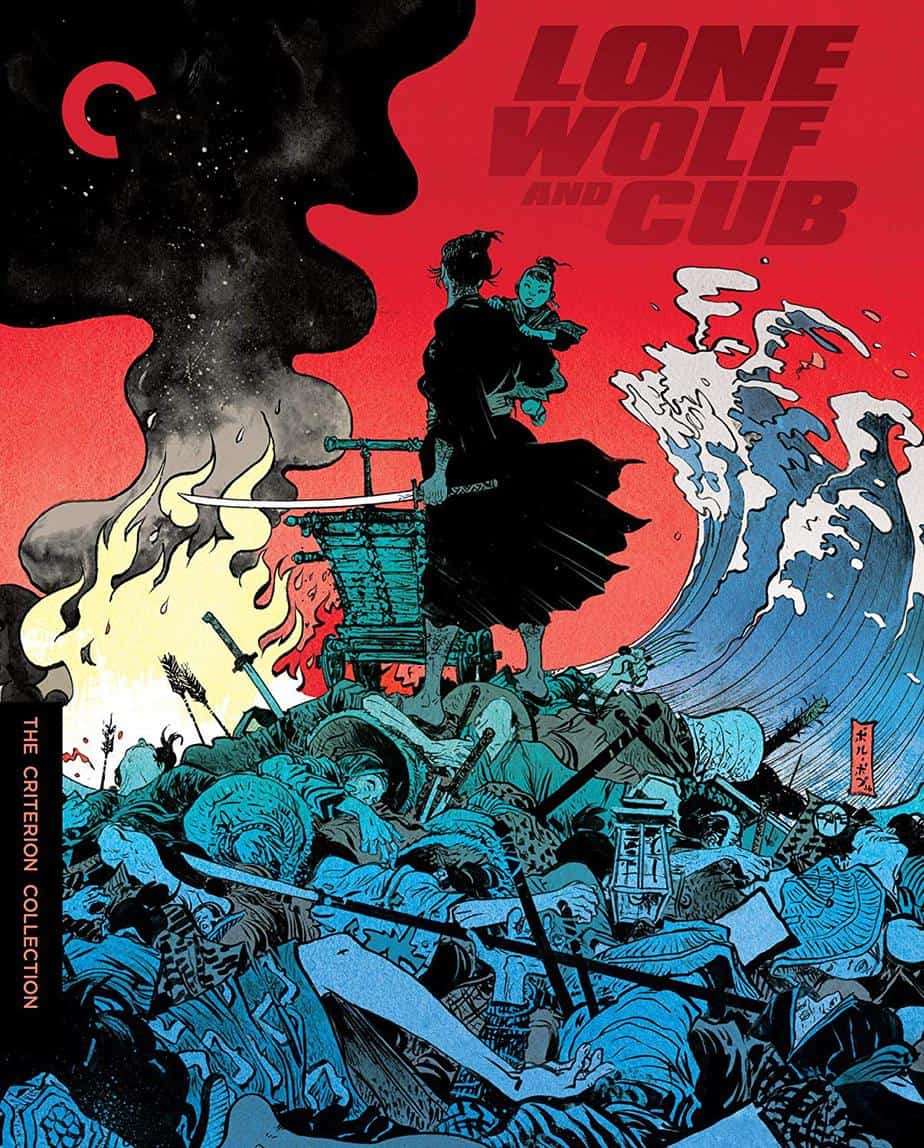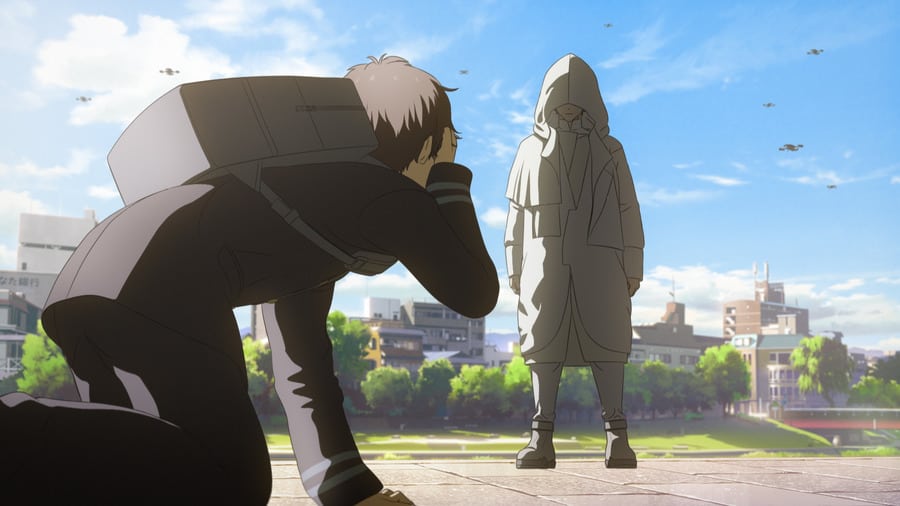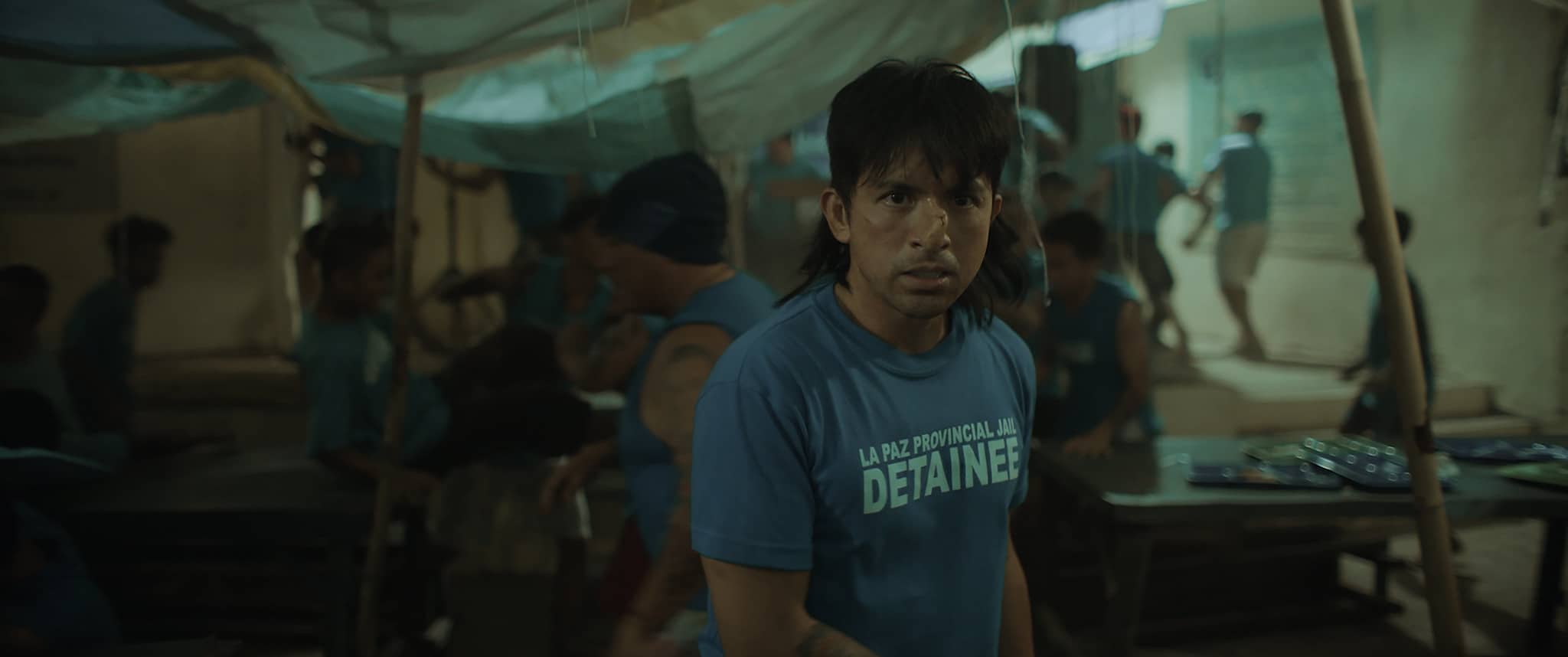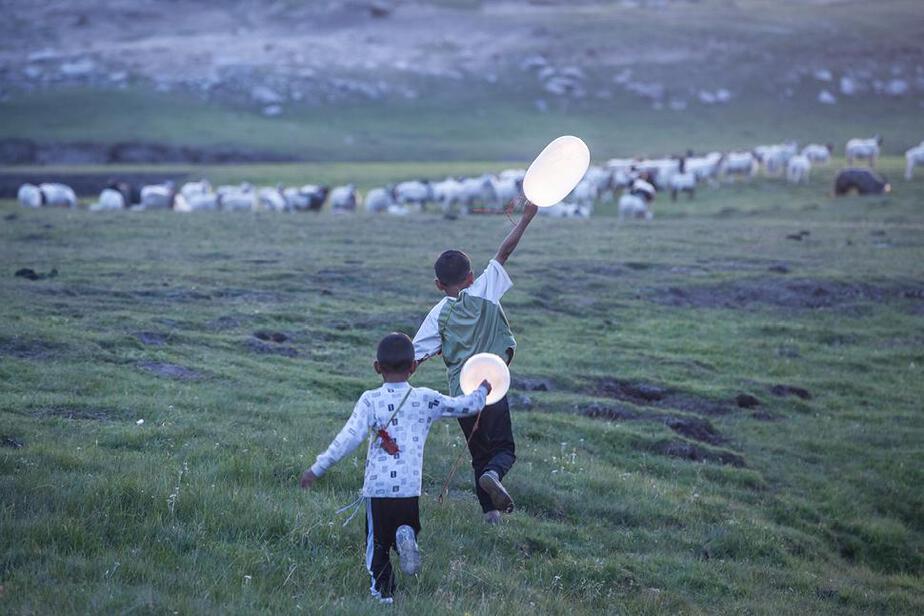Every nation and culture has its own myths regarding heroes. Whether we talk about the Scandinavian sagas, Celtic folktales or the extensive number of Germanic myths such the “The Song of the Nibelung” (“Das Nibelungenlied”). The protagonists within these stories have to go through various tests, fights and perils in order to be victorious, achieve some sort of peace or find their way back home like Ulysses trying to make his way back to Ithaca or Perseus who is given the sheer impossible task of not only fighting but cutting off the head of the Medusa.
Buy This Title
In a recent interview, writer Kozuo Koike talks about the inspirations for his long-lasting and successful series “Lone Wolf and Cub”. Since every writer wants his or her series to continue, not only to make money but also to have the opportunity of expanding on the narrative as well as its characters, the hero-figure has to be victorious in the end but not unbeatable, he has to show signs of weakness. Koike gives the example of Siegfried, who was bathed in the blood of the demonic dragon, thus becoming invulnerable with the exception of a small area in his back where a leaf has dropped. Of course, this area will eventually become Siegfried's demise once his enemies have found out about it.
Nevertheless, the tale of Siegfried is Koike's proof viewers and readers do not necessarily stick with a character who cannot be wounded or killed. An essential part of any series has to be the hero having a flaw in order to create tension. Whereas Siegfried has a vulnerable area of skin, Koike's hero Itto Ogami, a man going through sheer endless hordes of enemy in order to avenge the death of his wife, has his son Daigoro as his weak spot. During the series, one tends to forget about Daigoro since he is a child of approximately three years who is more or less oblivious to the dangers around him. However, even in the first part of the series, “Sword of Vengeance”, there are scenes in which the attentive viewer realizes there is some understanding of the situation within Daigoro, an acceptance he and his father are on, as Itto says, on the “Demon Way of Hell”. Even though the image of Itto carrying the child in the infamous wooden cart he pushes through the rural Japanese landscape is a constant reminder Ogami may be an excellent and dangerous warrior, but he is – above all – also a father.

Making his way through the Japanese countryside, former executioner and now hired assassin Itto Ogami (Tomisaboru Wasayama) fights off the various followers of the Yagyu-clan who was responsible for the plot which branded him as a traitor of the shogun and also killed his wife. With his three-year-old son Daigoro (Akihiro Tomikawa) he is known as the “Lone Wolf an Cub”, an infamous killer who is feared by many.
In their desperation, the Kurokawa, a clan of spies and highly-trained ninja, turn to the Akari Yagyu-clan of female assassins led by Yagyu Sayaka (Kayo Matsuo). Skeptical about their skills, considering Itto Ogami is one of the best swordsmen in Japan, the leader of the Kurokawa-ninja, Ozuno (Akji Kobayashi), expresses his doubts in front of Sayaka who challenges him to make his best man fight her assassins. As the soldier tries to leave the room they are in – the task he was given in order to pass the challenge – he is attacked by the assassins who slice most of his body parts off. Convinced of their skill, Ozuno gives them the order to kill Itto Ogami.
Meanwhile, Itto has been hired by the Chamberlain of a clan which has made a solid living from manufacturing indigo. Since the shogunate uses every opportunity to make money, they have frequently tried to blackmail and put pressure on the clan to give away their secret formula which has resulted in them killing some of their foremen who know about the procedure. Because one of them managed to escape, the clan now fears he will sell the information to the shogunate, which has already contacted the Hidari Brothers, a group of three deadly assassins, each of whom is equipped with a special weapon, a flying mace, a pair of armored knuckles and an iron claw. Itto's task is to kill the traitor and – if necessary – kill the three brothers who have been assigned as his bodyguards.
There is one scene during which the three Hidari brothers and Itto Ogami meet at a crossing towards, the destination of the former foreman of the indigo-dye clan. In the loading area of the ship, they sit on opposite ends; while Ogami seems to meditate with his son Daigoro sleeping beside him, the three monks sit together in silence. Between them there is one man, a member of the clan who has hired Ogami, who managed to board the ship disguised as a farmer and plans to kill the three brothers. Satisfied because no one has found out about him, he plans his assassination in his head while smoking his pipe in silent satisfaction with the money he is going to make once the deed is done. Suddenly one of the monks, the one armed with the iron claw, throws a knife at him taking off the tip of his nose and which eventually is stuck on the wall behind Ogami missing him by mere inches. As the man leaves in shock at his obvious exposure, Ogami throes back the knife which ends up back in the shaft of the monk's sword.
There is a silent understanding among the warriors making an appearance in the film about a certain code of honor. While most of the Yagyu henchmen or killers attack in what seems like sheer blindness or bloodlust warriors such as Ogami, the three monks and also Sayaka have an understanding about differences and duels following a pattern, a routine defined by honor, dignity and respect for the opponent. Attacking blindly would never be an option for these men and women since it would violate this code and be unwise; with regards to the scene described before, attempting to assault the three men on the boat would also mean attacking three skilled warriors within a closed space. Equally the three men would not enter a fight for the same reasons, they are not fooled by the calm outside of Itto Ogami, who is always ready to defend himself and looking for a weakness in the opponent's defense.
One of the characters who reinforces this code is, maybe somewhat ironically, Yagyu Sakaya, the first female villain in the series. Even though her clan is on the hunt for Itto Ogami and his son, has put a rice on his head and would like nothing better than for him to die from the hands of the various thugs they have sent after the two of them, she is shocked by the suggestion of Ozuno to use Daigoro as bait in order to lure and blackmail Ogami. It is a “cowardly tactic” she says and during the scene in which the Kurokawa henchman holds the tied up child over a long, dark well she seems very uncomfortable, its is not the kind of fight she wanted. Almost logicaly she is the only one spared by Ogami who, of course, manages to rescue his son eventually.
Her character is a long shot from the Osen, the unlucky prostitute of the first part of the series. Sakaya has built herself a reputation and takes pride in her assassins, which she will not allow to be ridiculed by others, like Ozuno and his men. There is also an interesting arc for her character as she eventually learns about the kind of man Ogami is when he not only spares her but also saves her in the course of the film. The final confrontation between the two of them is perhaps one of the best final shots of the series.
Even though the second entry is a lot more fast-paced and action-oriented than its predecessor, director Misumi still has time for not only powerful images, but also for the political undertones which have defined the films, and are evident in its depiction of the shogunate as greedy and willing to spill blood if one stands in the way of more profit.

Since Ogami and Daigoro are on their way through the “six realms” of hell, the film is full of images of crossings and transitions with water and the sound of the wind being the most memorable audiovisual metaphors here. Just like the title promises, the crossing of the sea is connected to the characters reaching the wasteland, the desert in which some of them will find their end. The enemies which Ogami has to face become more powerful and more vicious, with the three monks and Sakaya's female assassins only being a taste of what is about to come. This constant stream of foes has taken a toll on the fearless warrior who is even seen wounded after various encounters with Sakaya's killers. Trying to regain his strength as he is hiding inside a ramshackle cabin in a field, he has to rely on his son providing food and water, a task in which Daigoro proves to be quite an asset for his father as he demonstrates resourcefulness and inventiveness. In one scene, we see the boy taking away food from one shrine on the side of the road, praying for forgiveness before taking even one item from the gifts laid before the image of the deity.
In what might just be one of the most eerie scenes of the series, Daigoro steps out into the darkness of the field next to the cabin hearing the distant sound of drums which he wants to investigate. Wind as the only sound which he – and the viewer – hears besides the beat of the drums lure him into an almost certain death. Later on, the sound of wind is again used to mark the transition between the land of the living and the dead as one of Ogami's victims is stabbed in the throat by him with the wind blowing through the wound and causing a whistling noise. It is the “cold winter wind” as the bleeding man remarks, which calls for him to join the ranks of the dead.
In the end, “Lone Wolf and Cub: Baby Cart at the River Styx” is a visually beautiful, albeit a little rushed film, which might have been caused by the unsure future of the series that was supposed to have ended after the second film. With some of the most demanding fights for Itto Ogami, it shows a hero defined by his own code of honor, his strength but also his vulnerability which gives the audience the chance of further exploring the character of Daigoro, who has been observing his father closely and is more aware of his surroundings than one might think. The film also sets the tone for the sequels by introducing its depiction of strong female warriors which Ogami has to face.

Sources:
http://blogs.dickinson.edu/eastasiancinema/martial-arts-grindhouse/lone-wolf-and-cub-baby-cart-at-the-river-styx-warriors-honor-and-integrity/
The interview with writer Kazuo Koike is part of the Criterion release of the Lone Wolf and Cub-series
“Lone Wolf and Cub: Baby Cart at the River Styx” is screening at LEAFF
















